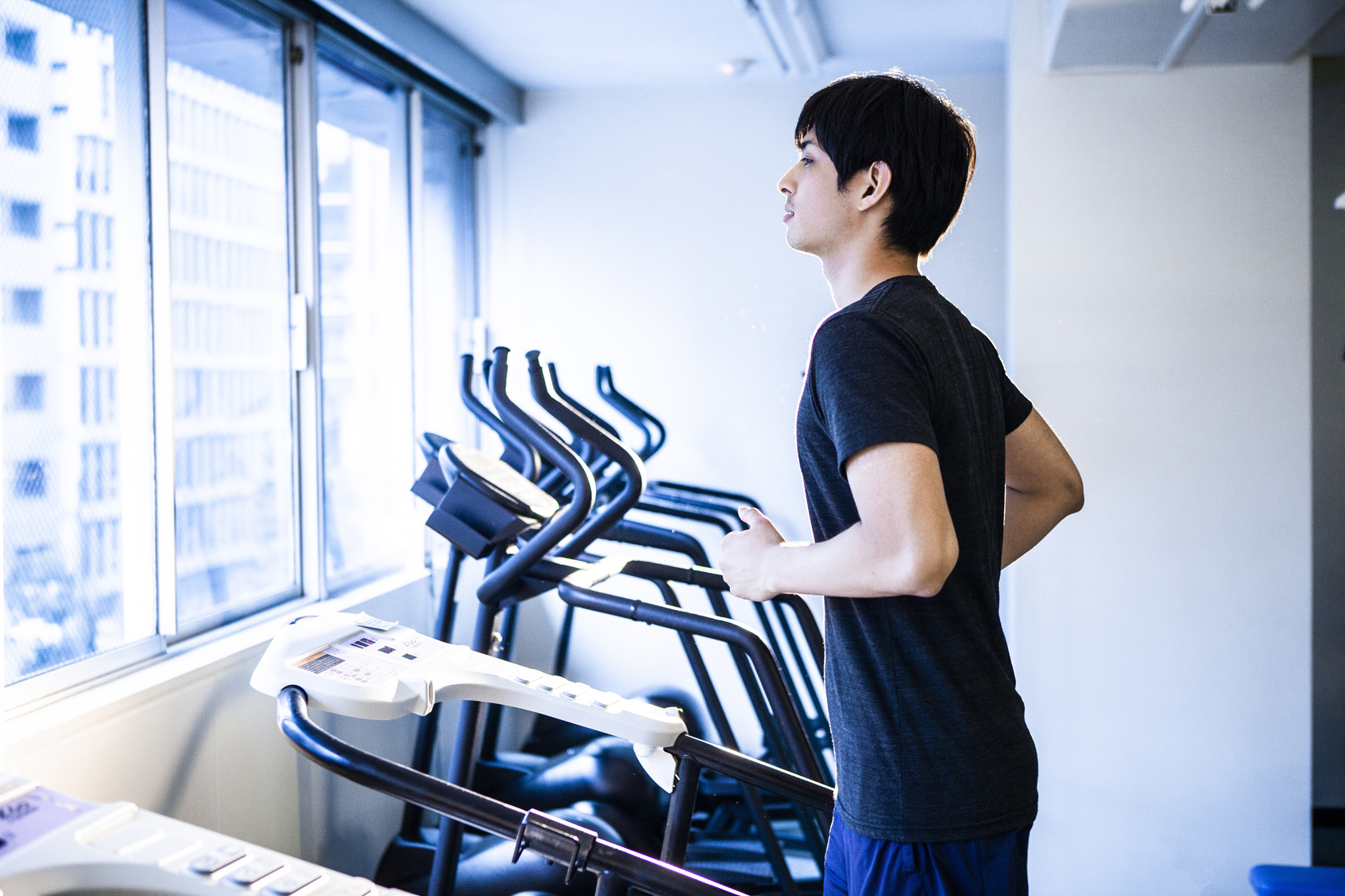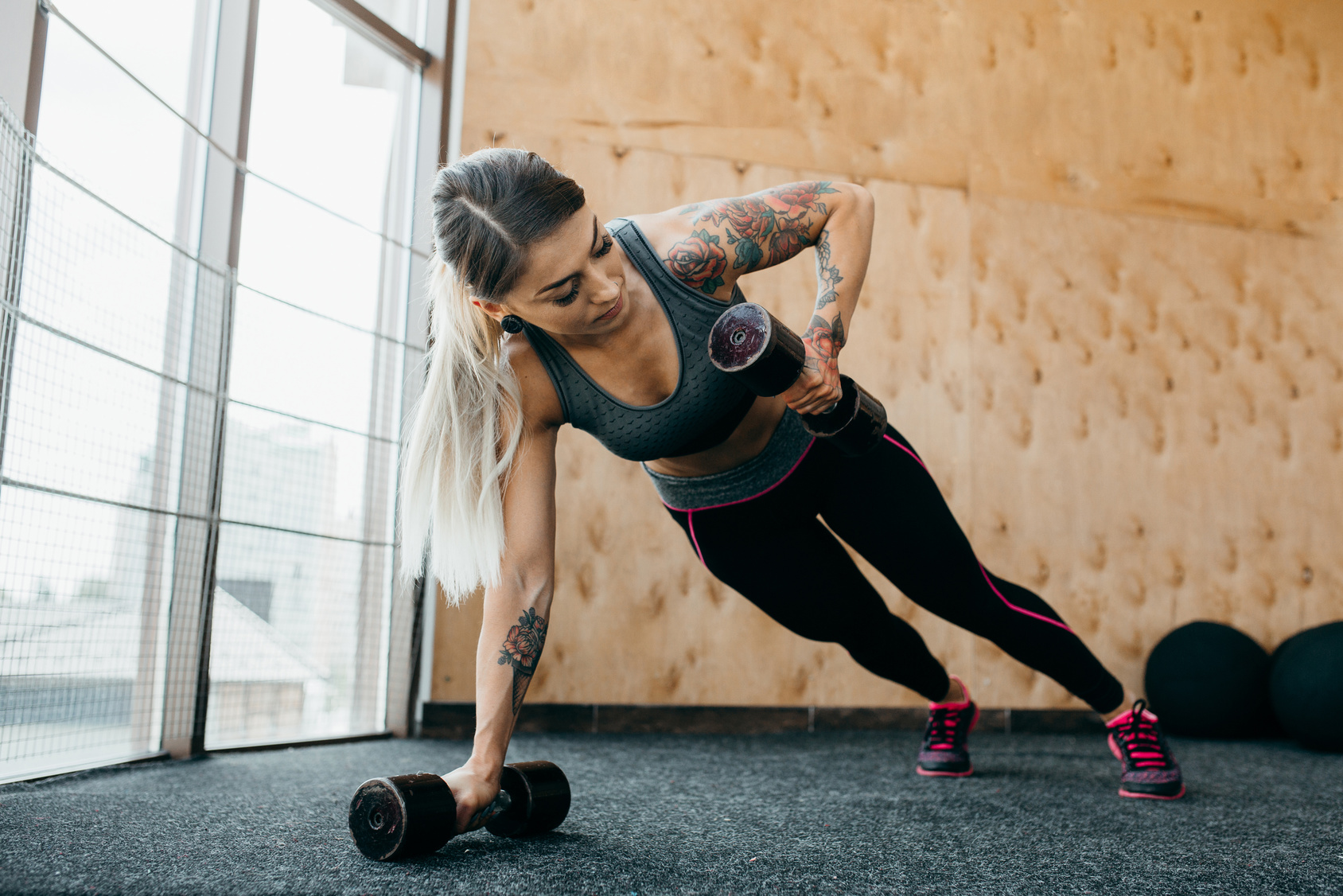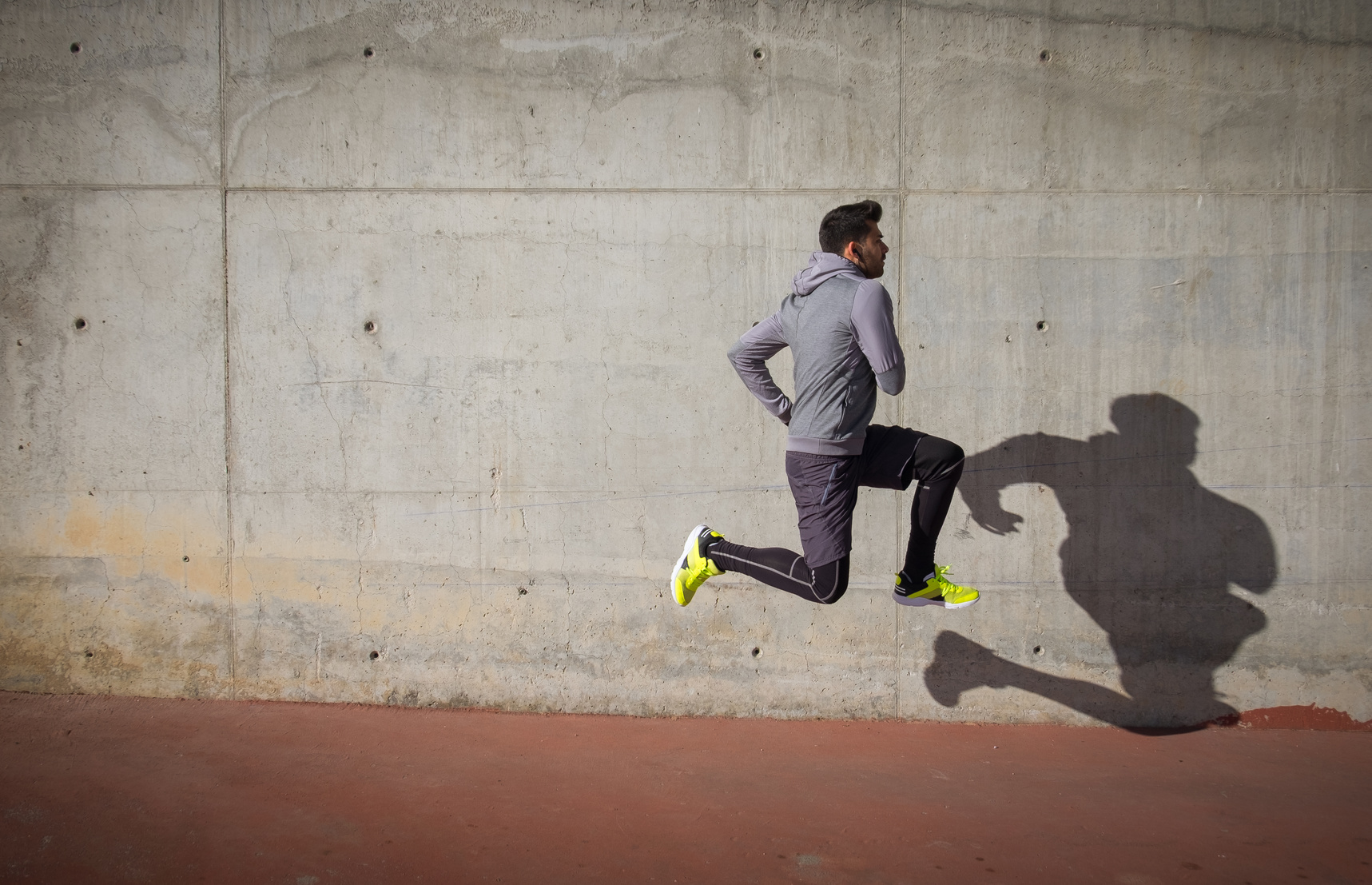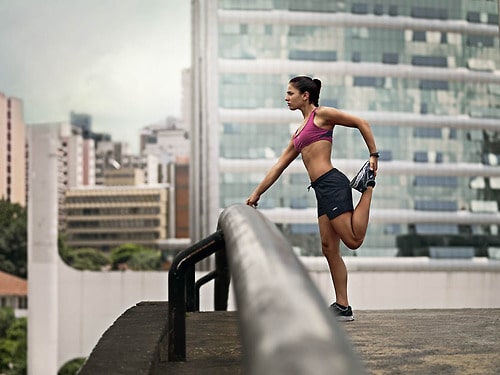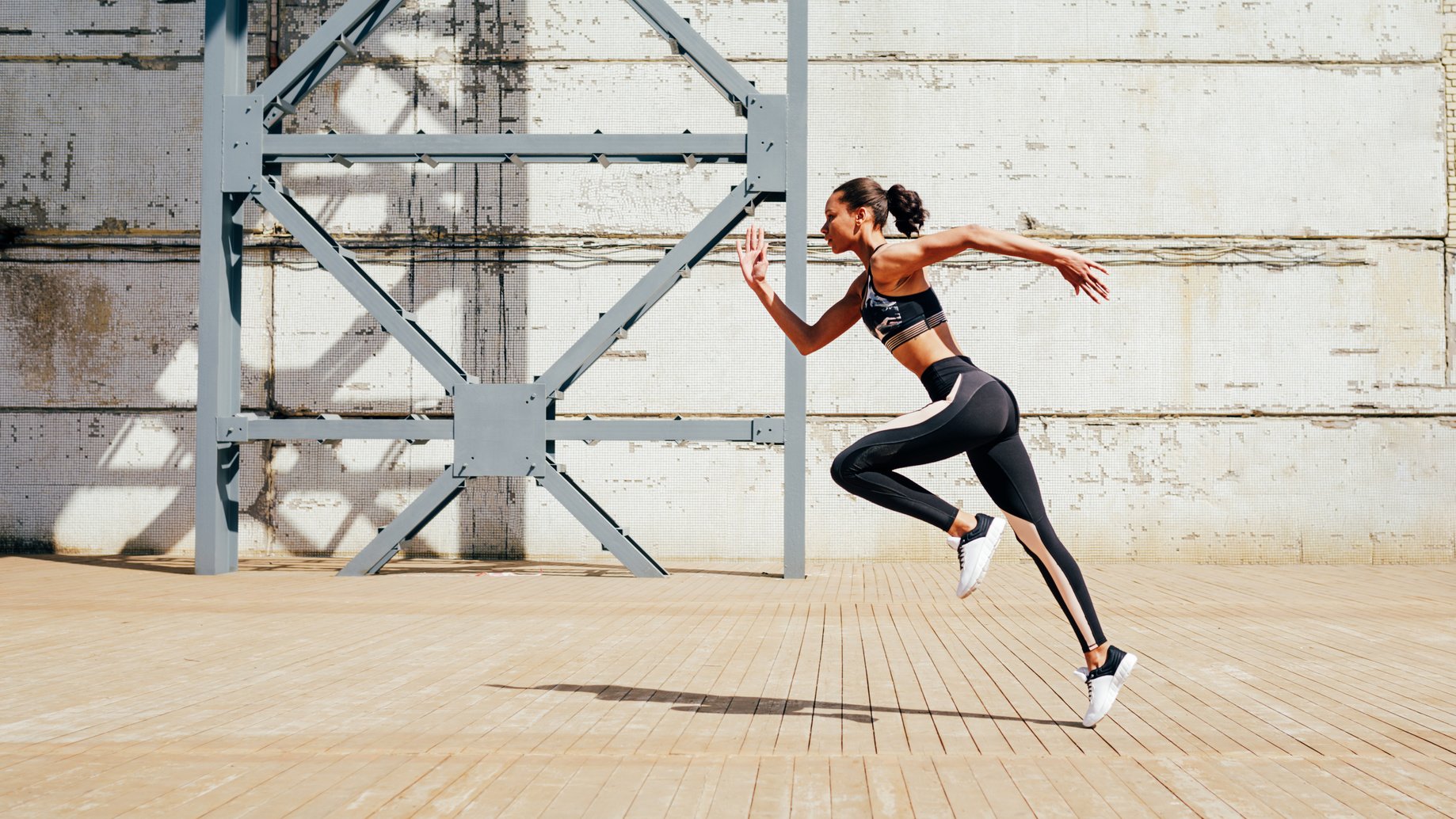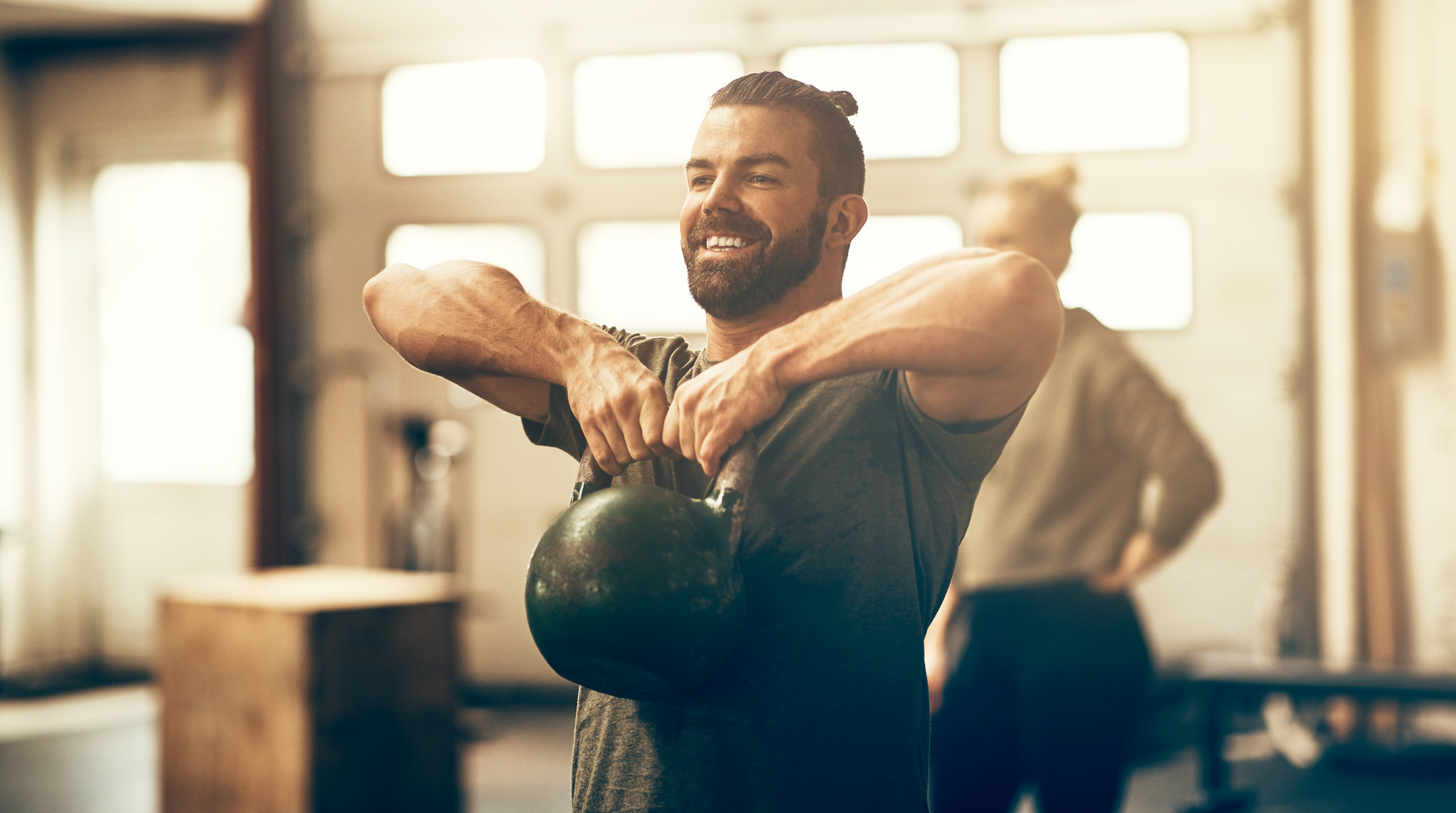Let’s talk about push-ups! Now, I know when you think about boosting your running game, you might not immediately picture yourself doing push-ups.
I mean, running is all about the legs, right? But stay with me because by the time we’re done here, you might just be itching to add this fantastic exercise to your strength routine.
Get ready to discover the surprising benefits of push-ups for your running performance!
Why Strength Matters for Runners
Here’s why strength training, including push-ups, matters for runners:
- 1. Posture and Form: As you mentioned, a strong upper body helps maintain good posture and form during your runs. It prevents slouching and keeps you upright, which is crucial for efficient running.
- 2. Injury Prevention: Upper body strength, including the chest, shoulders, and upper back, can help prevent injuries. A strong upper body provides stability, reducing the risk of overuse injuries and improving overall body mechanics.
- 3. Arm Drive: Strong arms can contribute to a more powerful arm drive, which can assist in propelling you forward while running. This can enhance your overall running speed and efficiency.
- 4. Core Activation: Push-ups engage your core muscles, helping to improve core stability. A strong core is essential for maintaining balance and transferring power from your upper body to your lower body during running.
- 5. Breathing: A strong upper body, including the chest and back muscles, can improve your lung capacity and breathing efficiency. This is particularly beneficial during intense or long runs.
- 6. Muscle Balance: Running predominantly works the lower body muscles. Strength training, including push-ups, ensures a more balanced musculature throughout your body, reducing the risk of muscle imbalances and injuries.
Why You Should Be Doing A Variety of Push-ups (and Exercises)
Adding variations to your push-up routine is key for many reasons.
Let me explain why.
- Prevent Boredom: Doing the same exercise repeatedly can lead to workout monotony. Trying out different push-up variations keeps your routine interesting and challenging, making you more likely to stick with it in the long run.
- Target Different Muscle Groups: Various push-up variations emphasize different muscle groups. For example, wide-arm push-ups target the chest and shoulders more, while diamond push-ups focus on the triceps.
- Avoid Plateaus: When you continuously challenge your muscles with new movements, you prevent them from adapting to the same routine. Plateaus can hinder progress, but by introducing different push-up variations, you keep your muscles engaged and continually progressing.
- Enhance Overall Strength: Different push-up variations can help strengthen not only the primary muscle groups but also stabilizing muscles and core muscles. This comprehensive strength development contributes to better overall fitness and can have a positive impact on your running performance.
- Injury Prevention: Utilizing various push-up variations can reduce the risk of overuse injuries. By shifting the focus and load to different muscles, you avoid placing excessive stress on a single muscle group or joint.
1. The Standard Push-up
Starting Position:
Begin by positioning yourself on the ground in a prone (face-down) position.
Place your hands slightly wider than shoulder-width apart, with your palms flat on the floor. Your fingers should be pointing forward or slightly turned outward.
Extend your legs behind you, resting on the balls of your feet. Your body should form a straight line from head to heels.
Up and Down Motion:
Inhale as you slowly bend your elbows, lowering your chest toward the floor. Keep your body in a straight line and engage your core muscles.
Continue lowering your body until your chest is either touching or hovering just above the floor.
Elbow Position:
Maintain proper elbow alignment throughout the movement. Your elbows should not flare out to the sides or move behind your wrists.
Aim to keep your elbows positioned above your wrists, forming a 90-degree angle at the bottom of the push-up.
Avoid Slouching or Sagging:
Keep your hips in line with your torso to prevent sagging or raising your hips. Your body should remain straight like a plank.
Avoid any excessive arching or rounding of your lower back.
Head Position:
- Keep your head in a neutral position, aligned with your spine. Avoid dropping your head or craning your neck forward.
Exhale and Push Away:
Exhale as you push through your palms and extend your arms, raising your body back up to the starting position.
Fully extend your arms without locking your elbows.
Repeat:
- Perform the desired number of repetitions while maintaining proper form.
The modified version (for beginners)
If the standard push-up is too much for you, then you can always do the modified version, where you rest on your knees instead of your toes.
You can also perform this variation when you are really tired and can’t crank out a push-up with good form.
2. Walking Pushup
Proper Form:
Start by getting into a standard push-up position on the floor. Ensure your hands are placed slightly wider than shoulder-width apart, with your palms flat and fingers pointing forward.
Place your feet on a soft surface, preferably a towel or a sliding disc, to facilitate movement.
Keep your body in a straight line from head to heels, engaging your core muscles to maintain stability.
Execution:
Begin the exercise by walking with your hands while keeping your upper body steady and your back straight.
Take small steps with your hands, moving them forward, one at a time.
Continue walking with your hands across the room or the available space.
Once you’ve reached your desired distance or space limitations, start walking your hands back toward the starting position.
Maintain Proper Alignment:
Throughout the exercise, make sure to maintain proper alignment, keeping your hips in line with your torso.
Avoid letting your hips sag or pike upward. Your body should remain in a straight line.
Repetition:
10. Perform the walking push-up for the desired number of repetitions or distance. You can adjust the intensity by increasing the distance you walk with your hands.
3. Plyometric Pushups
Plyometric Pushups are a dynamic variation of the traditional push-ups that build explosive strength and coordination, making them ideal for improving speed and endurance. Here’s how to perform them with proper form:
Proper Form:
Start by assuming a standard push-up position on a well-padded carpet or exercise mat. Ensure your hands are positioned slightly wider than shoulder-width apart, with your palms flat and fingers pointing forward.
Maintain a straight line from your head to your heels, engaging your core muscles for stability.
Execution:
Begin the exercise by performing a regular push-up. Lower your chest toward the floor by bending your elbows, keeping them at a 90-degree angle or less.
4. Resistance Band Push-ups
Resistance Band Push-ups are a challenging variation that adds extra resistance to the standard push-up, making the exercise more demanding on your muscles.
This added resistance increases tension throughout the entire movement, even during the lowering phase, making it an effective strength-building exercise.
Here’s how to perform resistance band push-ups with proper form:
Proper Form:
Begin by grabbing a resistance band and placing it around your upper back, crossing it over your chest.
Hold the ends of the band in your hands and position them slightly wider than shoulder-width apart on the floor.
Assume a standard push-up position with your hands on the band and your body in a straight line from head to heels. Your palms should be flat on the floor, fingers pointing forward, and your feet hip-width apart.
Engage your core muscles to maintain a stable and aligned body position.
Execution:
Start performing the push-ups in a controlled and deliberate manner.
Lower your chest toward the floor by bending your elbows, keeping them at a 90-degree angle or less.
The resistance band will add tension throughout the exercise, making both the lifting and lowering phases more challenging.
Continue to lower yourself until your chest is close to or touching the floor.
Completion:
Push upward until your arms are fully extended, returning to the starting position.
Maintain proper form throughout the exercise, ensuring a straight line from head to heels.
Perform the desired number of repetitions, focusing on controlled movements and maintaining tension in the resistance band.
5. Diamond Push-ups
Diamond Push-ups are an effective variation of the standard push-up that primarily targets the triceps while also engaging the chest and shoulders. This variation involves placing your hands close together, forming a diamond shape with your thumbs and index fingers. Here’s how to perform diamond push-ups with proper form:
Proper Form:
Begin by getting into a standard push-up position with your hands placed close together, directly below the center of your chest.
Position your hands so that your thumbs and index fingers touch, forming a diamond or triangle shape with your hands.
Your fingers should point forward, and your palms should be flat on the floor.
Your body should be in a straight line from head to heels, with your feet hip-width apart. Engage your core muscles to maintain stability.
Execution:
Start performing the push-up by lowering your chest toward the diamond shape created by your hands.
Keep your elbows close to your body as you lower yourself down.
Lower your chest as close to the diamond shape as possible, ideally touching it or coming very close.
Completion:
Push upward by extending your arms until they are fully straight, returning to the starting position.
Maintain proper form throughout the exercise, ensuring a straight line from head to heels.
Continue to perform diamond push-ups for the desired number of repetitions.
6. Decline BOSU Ball Push-ups
Decline BOSU Ball Push-ups are an advanced variation of the standard push-up that adds an element of balance and stability training to the exercise.
This variation targets the chest, shoulders, and triceps while also engaging the core and stabilizer muscles. Here’s how to perform Decline BOSU Ball Push-ups with proper form:
Proper Form:
Set up a BOSU ball with the flat side down on the floor. Place a box or bench behind the BOSU ball.
Assume a standard push-up position by placing both hands on the flat, round side of the BOSU ball, slightly wider than shoulder-width apart.
Position your feet on the box or bench behind you, elevating your lower body. Your body should form a straight line from head to heels.
Engage your core muscles to maintain stability and balance.
Execution:
Begin the push-up by lowering your chest down toward the BOSU ball while maintaining a straight body position.
Lower your chest until it touches the BOSU ball or comes very close to it.
Completion:
Push upward by extending your arms, returning to the starting position with your arms fully straight.
Maintain proper form throughout the exercise, focusing on balance and stability.
Continue to perform Decline BOSU Ball Push-ups for the desired number of repetitions.
7. Dumbbell Push-ups with Row
Dumbbell Push-ups with Row are an effective compound exercise that combines a pushing motion with a pulling motion. This variation targets multiple muscle groups, including the chest, shoulders, triceps, and back muscles.
It’s a great exercise for building upper body strength and improving muscle balance.
Here’s how to perform Dumbbell Push-ups with Row with proper form:
Proper Form:
Place a pair of dumbbells on the floor, about shoulder-width apart.
Assume a standard push-up position with both hands gripping the dumbbells in a neutral grip (palms facing each other). Your body should be in a straight line from head to heels.
Position your feet shoulder-width apart to provide stability and balance.
Engage your core muscles to maintain a flat back and proper form.
Execution:
- Begin the exercise by performing a push-up: Lower your chest toward the floor while keeping your elbows close to your body.
Lower your chest as close to the ground as possible without touching it.
Completion:
Push back up to the starting position by extending your arms fully.
After completing the push-up, transition into the rowing portion. While maintaining a flat back and engaged core, row the dumbbell in your right hand upward to the side of your chest.
Bend your elbow as you pull the dumbbell toward your body, keeping it close to your torso.
Pause for a second at the top of the row, squeezing your back muscles.
Slowly lower the dumbbell back down to the floor.
Repeat the push-up and row on the opposite side, this time using your left hand to row the dumbbell.
8. Outside Leg Kick Push-up
The Outside Leg Kick Push-up is a dynamic variation of the standard push-up that offers several benefits, including building strength and endurance in the shoulders and chest, improving flexibility in the lower body, and engaging the core muscles.
This exercise targets multiple muscle groups simultaneously.
Here’s how to perform the Outside Leg Kick Push-up with proper form:
Proper Form:
Begin by assuming a standard push-up position with your hands placed slightly wider than shoulder-width apart on the floor.
Ensure your body forms a straight line from head to heels. Engage your core muscles to maintain proper alignment throughout the exercise.
Execution:
Lower your chest toward the ground by bending your elbows. Continue the push-up until you are near the bottom of the movement.
Leg Kick:
At the bottom of the push-up, when your chest is close to the floor, initiate the leg kick. Extend your right leg out to the side as far as possible, aiming for approximately a 90-degree angle with your body.
Keep your right knee straight, and your toes pointed.
Hold the leg extended for a second to engage your hip flexors, hamstrings, and glutes.
Completion:
After pausing briefly with your right leg extended, retract your leg, bringing it back to the starting position.
Once your leg is back in the starting position, push back up to the top of the push-up position, extending your arms fully.
Switch sides and repeat the exercise, this time kicking your left leg out to the side at the bottom of the push-up.
9. Dive Bomber Push-ups
The Dive Bomber Push-up is an advanced variation of the standard push-up that engages multiple muscle groups and offers a great cardiovascular workout.
This exercise targets your chest, shoulders, back, triceps, and core while also enhancing flexibility and mobility in your hamstrings, back, and shoulders. Here’s how to perform the Dive Bomber Push-up with proper form:
Proper Form:
Begin in a position similar to the downward dog yoga pose. Place your hands on the ground slightly wider than shoulder-width apart.
Your feet should be spread wide, and your hips should be raised toward the ceiling. Your body should form an inverted “V” shape.
Execution:
To initiate the movement, bend your arms and lower your head toward the ground. At the same time, start to slide your head forward and between your hands.
Dive Forward:
4. Continue to glide your chest forward, bringing it between your hands. As you do this, arch your back and keep your hips low to the ground.
Your head should be facing forward and slightly upward as you move through this phase.
Aim to push your head upward until your arms are fully extended and your chest is pointing upward.
Hold this position for a moment, feeling the stretch in your back and shoulders.
Reversal:
To reverse the movement and return to the starting position, bend your arms and lower your chest back toward the ground.
Continue to slide your head backward and away from your hands.
Raise your hips toward the ceiling, returning to the inverted “V” position
10. The Three Medicine Balls Push-up
The Three Medicine Balls Push-up is an advanced push-up variation that challenges your strength, stability, balance, and core.
This exercise targets the shoulders, back, chest, and core muscles, making it an effective way to build upper body strength while improving stability and body awareness. Here’s how to perform the Three Medicine Balls Push-up with proper form:
Proper Form:
Begin by placing three medicine balls on the ground and positioning them around your body.
Place your palms on two of the medicine balls, keeping them slightly wider than shoulder-width apart.
Position your feet so that the balls support your back feet, creating a bridge-like position with your body.
Execution:
With your palms on the medicine balls and your feet supported by the third ball, engage your core and maintain a straight line from your head to your heels.
This is your starting position.
Push-up:
Lower your chest toward the ground while keeping your body in a straight line.
Aim to lower yourself until your chest is just above the floor.
Return:
8. Push through your palms to raise your body back up to the starting position.
Maintain balance and control throughout the movement.
Repeat:
10. Perform the desired number of push-ups while maintaining proper form.
11. Handstand Push-ups
Handstand Push-ups are an advanced bodyweight exercise that challenges your upper body strength, shoulder stability, and core.
This exercise is a staple in the CrossFit world and can greatly improve shoulder strength and mobility. Here’s how to perform Handstand Push-ups with proper form:
Proper Form:
Begin by facing a wall, standing about 8 to 12 inches away from it.
Place both of your hands on the ground at shoulder width, approximately shoulder distance apart.
Getting Into Position:
Bend at the waist and kick your legs up into a handstand position. Your body should be fully extended, with your arms straight, back flat, and core engaged.
Your feet should be resting against the wall for support while you’re in the handstand position.
Performing the Push-up:
Slowly lower your head toward the ground, aiming to bring it as close to the floor as possible. If you’re unable to touch your head to the floor, it’s perfectly fine to perform a partial range of motion push-up.
Pause briefly when your head is close to the floor.
Push back up with control, extending your elbows until your arms are fully straight. This completes one repetition.
Repeat:
Perform the desired number of Handstand Push-ups while maintaining proper form and control.
Tips:
Ensure your core is engaged and your body remains in a straight line throughout the movement.
Practice against a wall to ensure stability and safety.
If you’re new to Handstand Push-ups, consider performing them with a spotter or using a padded surface for your head until you build strength and confidence.
Start with a manageable number of repetitions and gradually increase the difficulty as you become more proficient.
Push up Variations to Try – The Conclusion
Hopefully, you loved the above 11 push-up variations. Now, make sure to take action and do them regularly. There is nothing to it but to do it.
In the meantime, thank you for reading my post.
Feel free to leave your comments and questions below.
David Dack.

